What Can You See With A Cheap Telescope ?
With a cheap telescope, you can see the Moon's craters and mountains, as well as its phases. You may also be able to observe the planets in our solar system, such as Jupiter and its moons, Saturn and its rings, and Mars. Additionally, you might be able to spot some brighter deep-sky objects like star clusters and nebulae. However, the quality and capabilities of a cheap telescope may limit the level of detail and clarity you can achieve compared to more advanced and expensive telescopes.
1、 Moon's craters and surface features
With a cheap telescope, you can observe several fascinating features of the Moon's craters and surface. The Moon is the closest celestial body to Earth, making it an ideal target for amateur astronomers. Even with a basic telescope, you can explore the lunar landscape and gain a better understanding of our nearest neighbor in space.
One of the most prominent features visible with a cheap telescope is the Moon's craters. These impact craters are formed by the collision of asteroids, comets, and meteoroids with the Moon's surface. Some of the well-known craters that can be observed include Tycho, Copernicus, and Plato. These craters vary in size and depth, and their distinct shapes can be easily discerned with a telescope.
In addition to craters, a cheap telescope can also reveal other surface features on the Moon. These include lunar maria, which are large, dark, and flat areas formed by ancient volcanic activity. The most famous lunar maria are the Sea of Tranquility (where Apollo 11 landed) and the Sea of Serenity. Observing these maria can provide insights into the Moon's geological history.
Furthermore, a cheap telescope can allow you to witness the changing phases of the Moon. As the Moon orbits around the Earth, its illuminated portion visible from our perspective changes, resulting in the familiar cycle of phases. By observing the Moon regularly, you can track its phases and appreciate the dynamic nature of our celestial companion.
It is worth noting that the quality of the telescope and atmospheric conditions can affect the level of detail you can observe. However, even with a basic instrument, you can still enjoy the wonders of the Moon's craters, surface features, and changing phases.
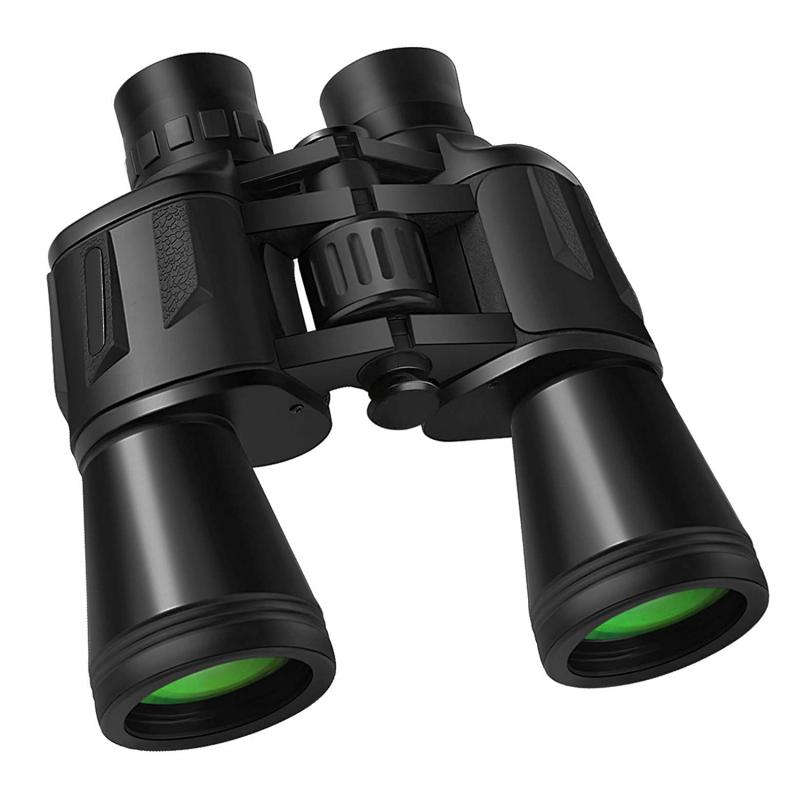
2、 Bright planets like Jupiter and its moons
With a cheap telescope, you can see a variety of celestial objects, although the level of detail may be limited compared to more advanced telescopes. One of the most impressive sights you can observe is bright planets like Jupiter and its moons.
Jupiter, the largest planet in our solar system, is easily visible with a cheap telescope. Even with a basic instrument, you can see its distinct bands of clouds and its iconic Great Red Spot, a massive storm that has been raging for centuries. Additionally, you can observe the four largest moons of Jupiter, known as the Galilean moons: Io, Europa, Ganymede, and Callisto. These moons are easily visible as small points of light orbiting around the planet.
While a cheap telescope may not provide the level of detail that professional-grade instruments can offer, it still allows you to witness the beauty and wonder of our neighboring planets. You can observe the changing positions of Jupiter's moons as they orbit the planet, and even witness their occasional transits across the face of Jupiter.
It's worth noting that the view through a cheap telescope can be greatly enhanced by using additional accessories such as eyepieces with higher magnification or filters to enhance the contrast of the planet's features. However, even without these extras, a cheap telescope can still provide a remarkable view of bright planets like Jupiter and its moons.
In conclusion, a cheap telescope can offer a glimpse into the fascinating world of bright planets like Jupiter and its moons. While the level of detail may be limited, the ability to witness the changing positions of Jupiter's moons and observe the planet's distinct features is a truly awe-inspiring experience.
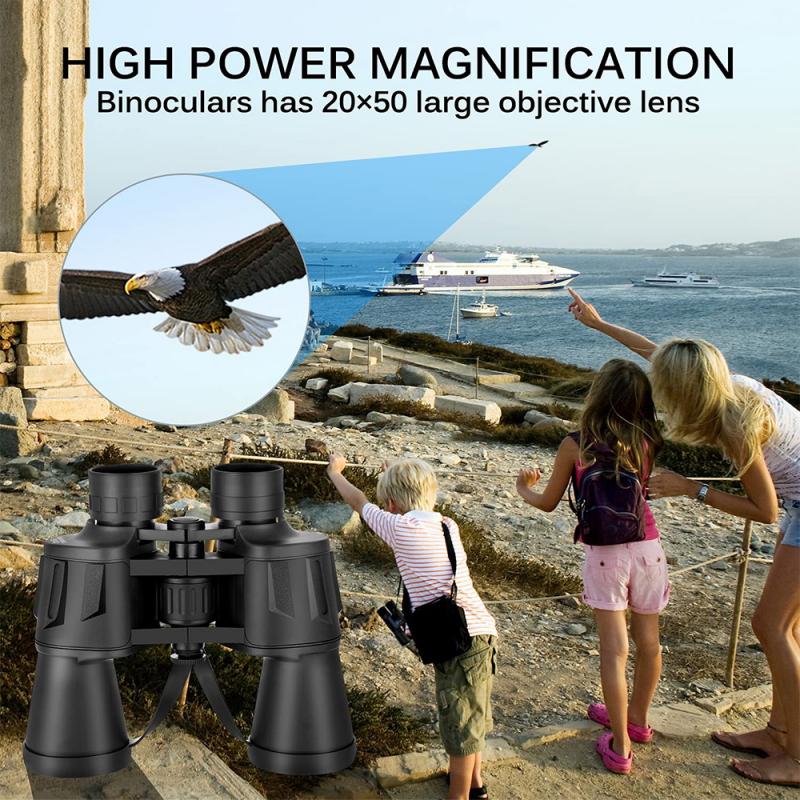
3、 Saturn's rings and some of its larger moons
With a cheap telescope, you can see a variety of celestial objects, although the level of detail may be limited compared to more advanced telescopes. One of the most fascinating sights you can observe is Saturn and its iconic rings. Even with a budget-friendly telescope, you can catch a glimpse of these magnificent rings encircling the planet. While the level of detail may not be as crisp as with a high-end telescope, you can still appreciate the beauty and wonder of this celestial phenomenon.
In addition to Saturn's rings, a cheap telescope can also reveal some of its larger moons. Saturn has over 80 known moons, but the larger ones such as Titan, Rhea, Dione, and Tethys are more easily visible with a basic telescope. These moons appear as small points of light orbiting around Saturn, adding to the overall spectacle of the planet.
It's important to note that the quality of the view through a cheap telescope can vary depending on factors such as atmospheric conditions and light pollution. However, with a little patience and the right conditions, you can still enjoy breathtaking views of Saturn's rings and some of its larger moons.
It's worth mentioning that advancements in technology have made even more affordable telescopes capable of capturing impressive views. Some entry-level telescopes now come with features like computerized tracking systems and higher-quality optics, allowing for better views of Saturn's rings and moons. So, while a cheap telescope may have its limitations, it can still provide a rewarding stargazing experience and a glimpse into the wonders of our solar system.
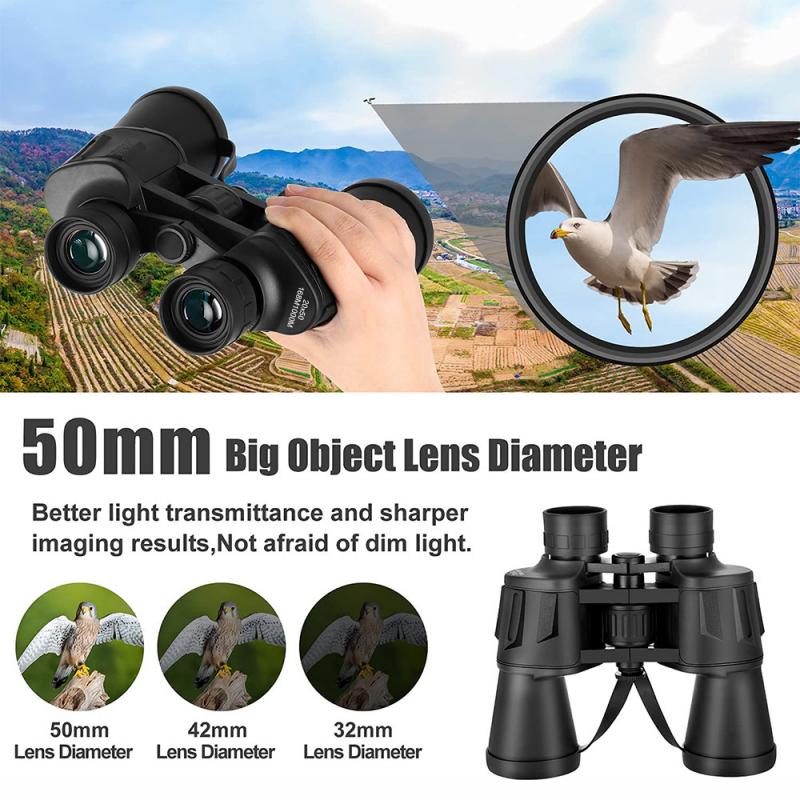
4、 Mars' polar ice caps and surface details during opposition
With a cheap telescope, you can observe various celestial objects, including the planets in our solar system. Mars, being one of the most intriguing planets, can be observed to some extent with a budget-friendly telescope. During opposition, which occurs when Mars is directly opposite the Sun in the sky, the planet is at its closest approach to Earth, making it an ideal time to observe its features.
Using a cheap telescope, you can potentially see Mars' polar ice caps and surface details during opposition. The polar ice caps of Mars are composed of a mixture of water ice and carbon dioxide ice. These caps undergo seasonal changes, expanding and contracting as the planet orbits the Sun. During opposition, the polar ice caps are more visible and can be observed as bright white regions at the planet's poles.
Additionally, with a cheap telescope, you may be able to discern some surface details on Mars. These details include dark regions known as "maria" and lighter regions called "terrae." The maria are flat plains, while the terrae are elevated regions. You might also be able to observe some of Mars' prominent features, such as the Valles Marineris, a vast canyon system, and the Tharsis volcanoes.
It's important to note that the quality of the telescope and atmospheric conditions greatly affect the level of detail you can observe. A cheap telescope may not provide the same level of clarity as a more advanced one, but it can still offer a glimpse into the fascinating world of Mars. For the latest point of view, it is recommended to consult astronomical websites or join local astronomy clubs to stay updated on the current observations and discoveries related to Mars.



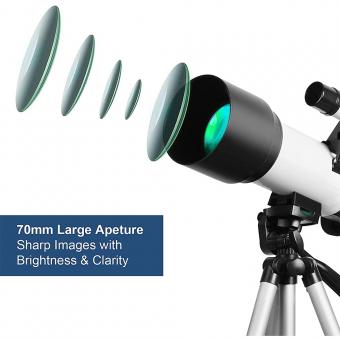



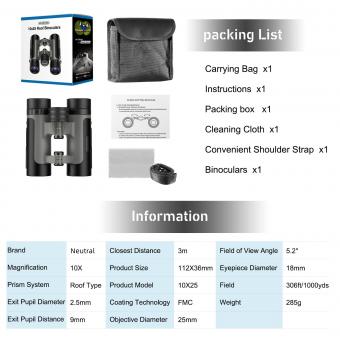



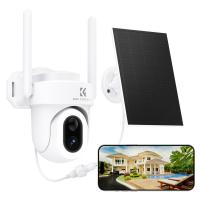



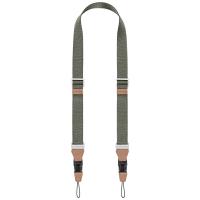

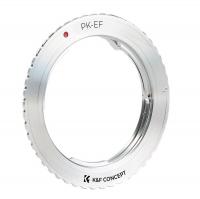


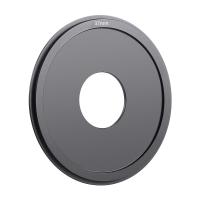
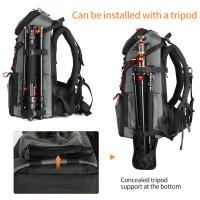


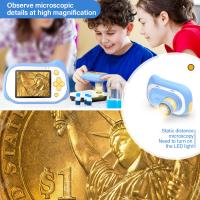






There are no comments for this blog.